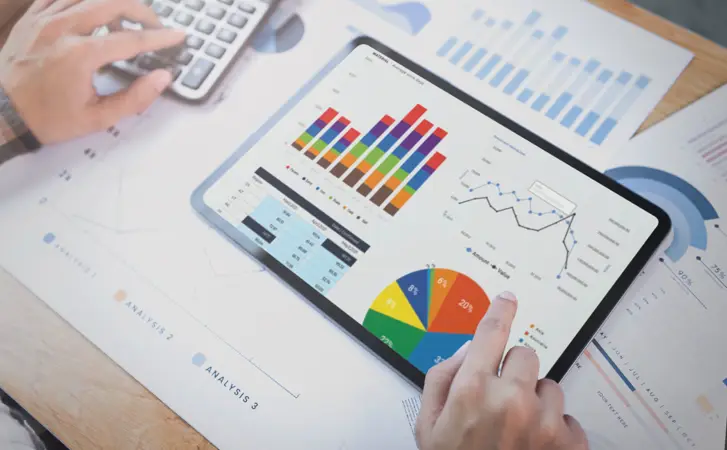Seven Data Analytics Tools Every Data Analyst Must Know
In recent years, the role of data analyst has become one of the most sought-after positions for international students in job-seeking, combining business acumen and technical analysis. This emerging position demands a high level of comprehensive skills. With more students with backgrounds in data analysis and highly educated returnees switching to data analysis, the bar for data analysts has risen significantly.
Simply knowing how to fetch data from databases and using data visualization software is no longer enough to meet the requirements of many high-tech and unicorn companies. Many companies now have more advanced expectations for data analysts, such as proficiency in big data processing, data mining, modeling, and artificial intelligence. Today, let's take a look at the seven essential data analysis tools that anyone aspiring to be a data analyst must be familiar with!
1. Excel

Many people might think that everyone knows how to use Excel. However, Excel is not just a fundamental tool; it's also a primary data analysis tool. Many companies in traditional industries rely heavily on Excel for various data analysis tasks. Excel offers numerous powerful features, allowing you to create forms, perform basic data cleansing, and even generate pivot tables and use VBA. Excel is easy to learn and is useful for presenting work to colleagues or supervisors who may not be as proficient with data analysis software. One downside is its limitations when handling large datasets.
2. MySQL/Oracle/PostgreSQL
It's not an exaggeration to say that SQL is an essential skill for all positions in the data field, and its importance is on par with Excel. Many data analysts humorously refer to themselves as "SQL laborers" for a reason. SQL is relatively easy to learn and is used for searching and retrieving data from databases, as well as for managing data within databases. In summary, SQL is a necessary skill for anyone entering the field of data analysis.
3. Tableau/PowerBI
Tableau and PowerBI, as visualization tools, are integral parts of data analysis. Tableau is incredibly user-friendly, allowing you to drag and drop processed data to generate beautiful visualizations. Data visualization is indispensable for identifying issues and influencing decision-making in data analysis and presentations.
4. Python
Besides SQL, Python is another crucial skill for data analysts. Python is relatively easy to learn, with a syntax that's more similar to English compared to other languages like Java or C++. It is excellent for cleaning and processing data quickly. Many data scientists also use Python to write models, perform web scraping, create games, and more. It's a versatile data analysis tool that all data analysts should know.
5. R
While the use of R has somewhat decreased in recent years due to Python's widespread adoption, R remains a popular programming language for statistics and data visualization. It is a free software used for developing statistical software and data analysis, and it's favored by statisticians and data miners. R's libraries are extensive, offering solutions to many data-related problems.
6. Apache Spark
Apache Spark is a big data analytics software used for large-scale data processing. It provides high-level APIs for Java, Scala, Python, and R, and supports optimization engines for executing graphs. Like Hadoop MapReduce, Spark is used for parallel and distributed processing of data to generate large datasets. However, Spark is significantly faster than MapReduce and is a vital skill for analysts entering the big data field.
7. BigML
BigML is another widely-used tool for interactive machine learning algorithms. It offers standardized software that meets industry demands using cloud computing. Companies can utilize machine learning algorithms in various departments, such as sales forecasting, risk analysis, and product innovation. BigML specializes in predictive modeling and employs a variety of machine learning algorithms, including clustering, classification, and time series forecasting.
In a Nutshell
In conclusion, data analysis tools are just that—tools. What's most critical is possessing data analysis thinking and being able to efficiently solve problems, providing indispensable support to companies and teams. Best of luck to all the job seekers in the field of data science during this job hunting season!
Aniday's HR Services
Headhunting Service
Find and recruit quality candidates in just 1 week! Supported by 40,000 experienced headhunters in IT, Finance, Marketing… capable of recruiting in any region.
Headhunting Service ➔Employer of Record (EOR) Service
On behalf of your business, we recruit employees and handle payroll without the need to establish a company in markets such as Vietnam, Singapore, Malaysia, India, Indonesia…
Employer of Record (EOR) Service ➔